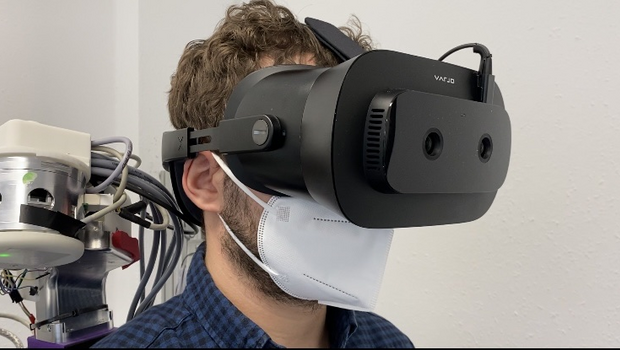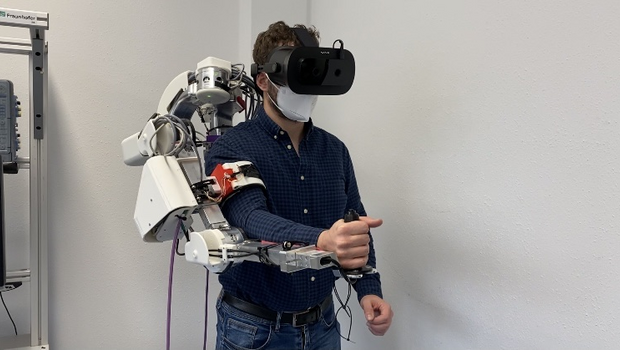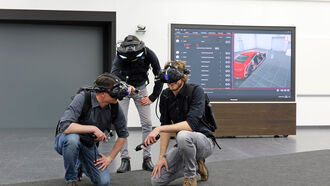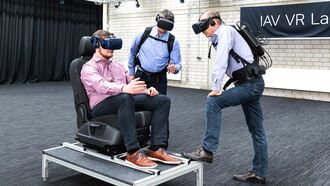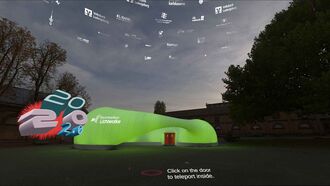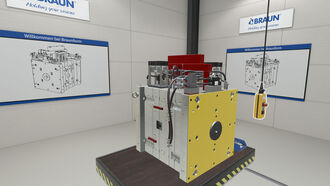VR Software HCC Exohaptik Caregiver
VR Multi User Training to train caregivers
Nursing work places considerable demands on the health of caregivers. In addition to mental stress, caregivers are at increased risk of developing musculoskeletal disorders (MSDs).
According to the AOK Absenteeism Report, professional caregivers are reported unfit for work for an average of 25.1 days. 25% of sick days are due to MSDs and one in five retirements is MSD-related. Caregivers are exposed to high loads or partial loads when transferring patients, and frequent bending and twisting of the upper body are also named as risk factors for MSD.
Especially in private home care, caregivers are additionally confronted with unfavorable structural conditions, lack of aids or aids that are unsuitable for the environment.
The objective of the project is to support family caregivers and professional caregivers in their caregiving activities and their healthy posture. Caregivers are made aware of gentle posture and work procedures by training them in correct posture for certain activities.
Client Federal Ministry
Challenge The focus is on the development of a VR application with a multi-user solution that enables location-independent training.
Highlights The ExoHaptik system, a multi-user mixed reality simulation with force feedback via exoskeleton, is used for training.
Technology Holodeck Control Center (HCC) powered by LIGHTSHAPE
Devices HTC VIVE with tracking system, based on the HTC Vive tracking technology for objects and people
Partner Fraunhofer Institute for Industrial Engineering (IAO)
Location-independent MULTI USER VR TRAINING
While most VR systems are "one-man shows," systems exist that allow multiple users to be paired. This allows them to interact simultaneously in the same virtual scene without being in the same place in real life.
Multiple users in one real location are just as possible. Such a system (LIGHTSHAPE HCC) will be used in the project, extended and adapted for the application area.
Necessary developed functions are here:
- Multi-user scenario
- Communication solution local/online
- Investigation of conflicting spatial situations (teleportation) and their solution
- Multiple locations with different room sizes and orientations
- Parameterizable avatars for visual representation of the persons involved in VR/AR
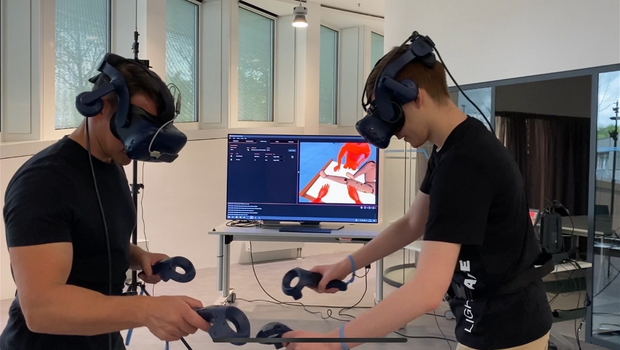
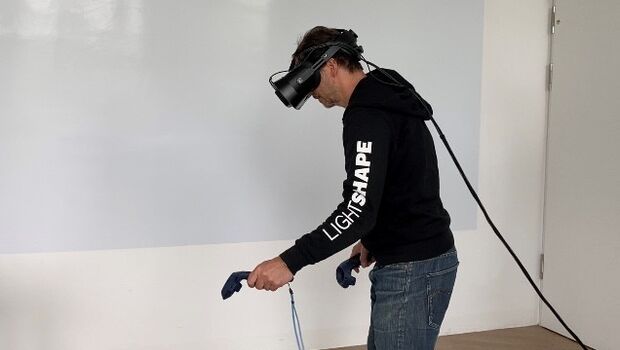
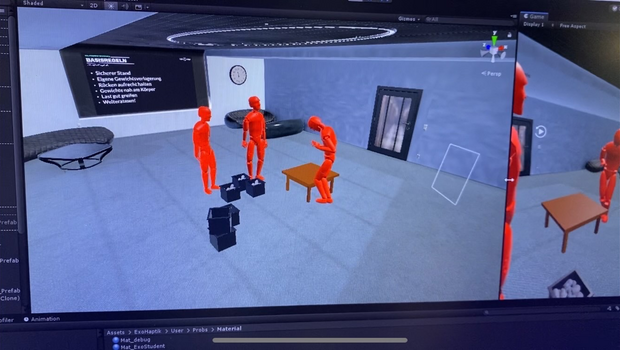
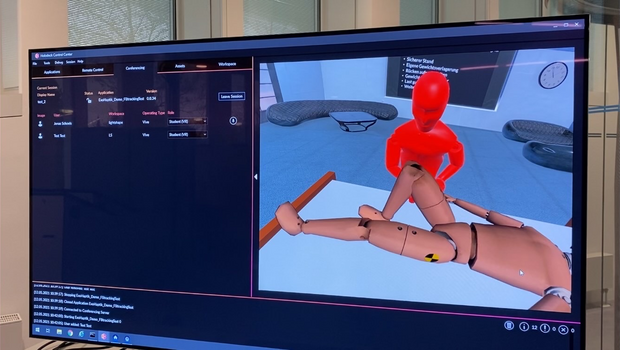
Haptic perception through the EXOSKELETT
Most VR systems lack haptic perception. The existing systems for haptic feedback are very complex and do not fit the use case of nursing. Therefore, an innovative approach is taken for the project:
An exoskeleton, which is normally designed exclusively to support the wearer's movements, is used for force feedback. To simulate the resistances and weights acting on the wearer's body, the exoskeleton's actuators are used in reverse.
The necessary functions include:
- External tracking of the person in the exoskeleton by this system.
- External tracking of the position as well as the state of the patient dummy
- Establishment of object tracking to simulate objects in space in VR
- Real-time data processing between exoskeleton and VR system, function and operation of the VR system
- Development and implementation of user interface and user experience (UI/UX) to operate the application (host / client)
